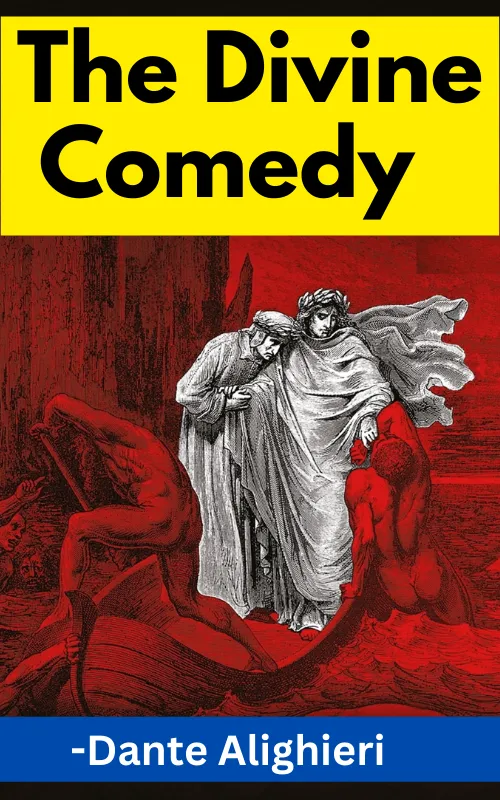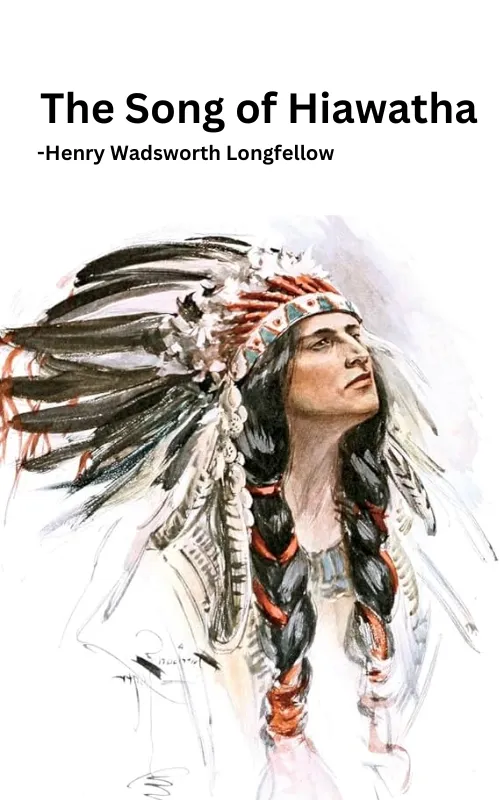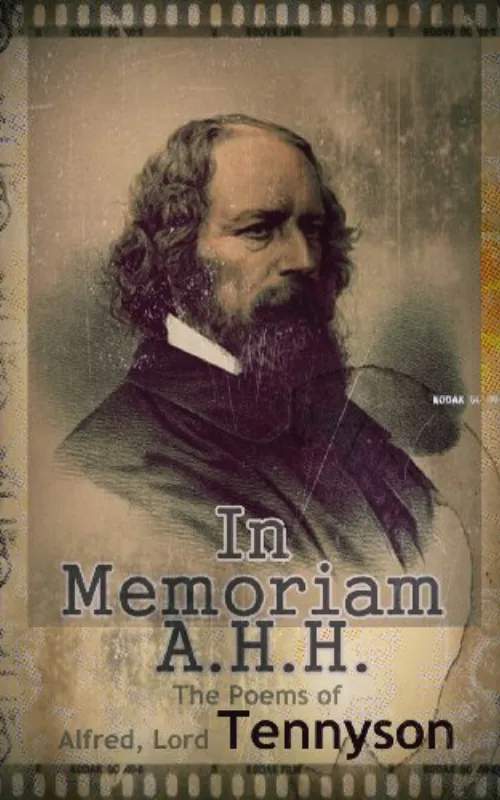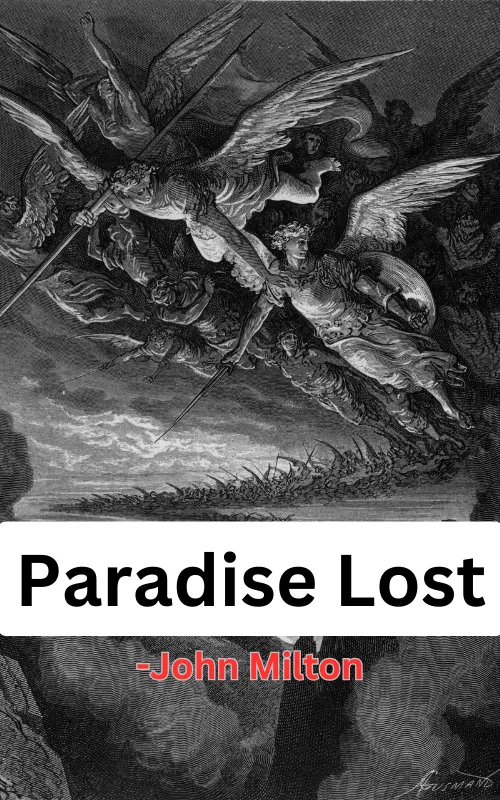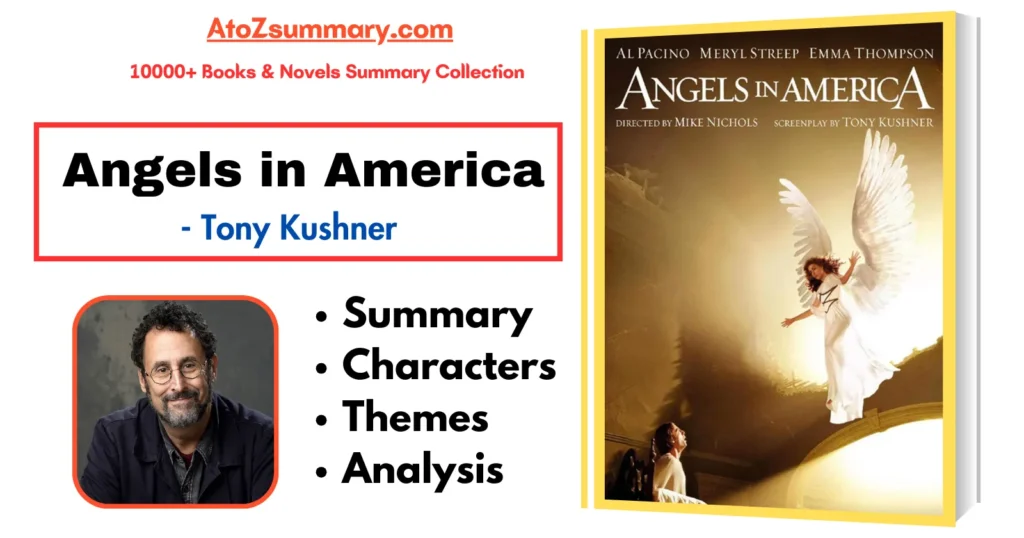About Poem: The Divine Comedy
| Poem title | The Divine Comedy |
| Author | Dante Alighieri |
| Genre | Epic Poem, Allegory, Spiritual Autobiography |
| Date written | c. 1308–21 |
| Date published | c. 1321 |
| Type of poem | Epic poem |
| Key themes | Love, faith, the human spirit, the power of language |
| Narrative Style | First-person narration by Dante |
| Literary techniques | Allegory, symbolism, metaphor, simile |
| Speaker | Dante Alighieri |
| Subject | Dante’s journey through the afterlife |
| Setting | The afterlife |
| Structure | 3 parts (Inferno, Purgatorio, Paradiso), each divided into 33 cantos |
Themes: The Divine Comedy
The themes of “The Divine Comedy” by Dante Alighieri are:
- Sin and Redemption ➤ The poem explores the consequences of sin and the journey of seeking forgiveness and redemption.
- Divine Justice ➤ It delves into the idea of God’s justice and how individuals are rewarded or punished for their actions.
- Morality and Ethics ➤ Dante examines the right and wrong choices people make and their impact on their souls.
- Spiritual Journey ➤ The story follows a journey of self-discovery, growth, and transformation, both morally and spiritually.
- The Afterlife ➤ It offers insights into different realms of the afterlife, including Hell, Purgatory, and Heaven.
- Love and Devotion ➤ The poem explores the power of love, particularly Dante’s deep love for Beatrice, as a source of inspiration and salvation.
- Allegory ➤ “The Divine Comedy” uses allegorical figures and events to convey deeper spiritual and moral meanings.
- Human Nature ➤ It delves into the flaws and virtues of human nature, showing the complexity of the human soul.
Characters: The Divine Comedy
The main characters in “The Divine Comedy” by Dante Alighieri are:
- Dante ➤ The protagonist of the poem, who travels through the afterlife.
- Virgil ➤ Dante’s guide through Inferno and Purgatorio.
- Beatrice ➤ Dante’s love and guide through Paradiso.
- Satan ➤ The main antagonist of the poem, who is trapped in the ninth circle of Hell.
- Minos ➤ A judge in Hell who assigns punishments to the damned.
- Cerberus ➤ A three-headed dog that guards the third circle of Hell.
- Plutus ➤ The god of wealth, who guards the fourth circle of Hell.
- Phlegyas ➤ A ferryman who transports the damned across the river Styx.
- Minotaur ➤ A half-man, half-bull monster that guards the seventh circle of Hell.
- Geryon ➤ A giant scorpion that transports Dante and Virgil to the eighth circle of Hell.
- Antaeus ➤ A giant who helps Dante and Virgil escape from the ninth circle of Hell.
- Cato the Younger ➤ A Roman statesman who guards the entrance to Purgatorio.
- Casella ➤ A musician who helps Dante to pass the time in Purgatorio.
- Matelda ➤ A woman who guides Dante through the Earthly Paradise at the top of Purgatorio.
- Saint Bernard ➤ A monk who guides Dante through the last circles of Paradiso.
The Divine Comedy Summary & Analysis
The Divine Comedy” by Dante Alighieri is one of the most influential and celebrated epic poems in world literature. Comprising three sections – “Inferno,” “Purgatorio“, and “Paradiso” – it is a profound allegorical journey through the afterlife, exploring themes of sin, redemption, and divine love. This 14th-century masterpiece, written in Italian, holds a central place in the Western literary canon.
Inferno
In the first part of the poem, Dante finds himself lost in a dark forest, symbolizing his spiritual confusion and despair. He encounters wild animals and fears for his life. However, the spirit of the Roman poet Virgil appears to guide him through the depths of Hell.
Dante and Virgil journey through the nine circles of Hell, where they encounter various sinners being punished for their sins. The deeper they go, the more severe the sins and the punishments. In each circle, Dante witnesses the consequences of different human vices, such as lust, gluttony, greed, and wrath. In the center of Hell is Satan, who is frozen in ice and eternally chewing on the bodies of three sinners.
Purgatorio
In the second part, Dante and Virgil emerge from Hell and arrive at the base of Mount Purgatory. Here, the souls of the repentant undergo purification to atone for their sins before ascending to Paradise. Dante witnesses the suffering and penance of these souls, each corresponding to one of the seven deadly sins.
As Dante ascends the mountain, he encounters various characters from his past, representing different virtues and vices. He also meets his beloved Beatrice, who guides him to the Earthly Paradise, symbolizing the Garden of Eden. Here, he witnesses the river Lethe, which erases the memory of sin, and the river Eunoe, which restores the memory of good deeds.
Paradiso
In the third part, Dante is transported to the celestial realms. He ascends through the nine spheres of Heaven, each representing a different celestial body, starting from the Moon and ending at the Primum Mobile, the outermost sphere. In each sphere, he meets saints, angels, and blessed souls, who share their wisdom and divine revelations with him.
Dante’s journey culminates in the Empyrean, the highest point of Heaven, where he encounters the Holy Trinity: God the Father, God the Son (Jesus), and the Holy Spirit. Here, he witnesses the ultimate union with God, symbolizing the highest state of spiritual enlightenment and salvation.
FAQs: The Divine Comedy
What is the message of The Divine Comedy?
The message of The Divine Comedy is that love, faith, and the human spirit can overcome even the greatest challenges.
Who is the main antagonist of The Divine Comedy?
The main antagonist of The Divine Comedy is Satan.
What is the plot of The Divine Comedy?
The plot of The Divine Comedy is Dante’s journey through the afterlife, guided by Virgil and Beatrice.
Why should I read The Divine Comedy?
You should read The Divine Comedy because it is a timeless masterpiece that explores the human condition in a profound and moving way.
What is the moral lesson of The Divine Comedy?
The moral lesson of The Divine Comedy is that sin is punished, but redemption is possible through faith and love.
How long should it take to read The Divine Comedy?
It should take about 10-12 hours to read The Divine Comedy, depending on your reading speed and comprehension.
What do I need to know before reading the Divine Comedy?
Before reading The Divine Comedy, it is helpful to have a basic understanding of Christianity and classical mythology.
Who is the female character in The Divine Comedy?
The most prominent female character in The Divine Comedy is Beatrice, Dante’s love and guide through Paradiso.
Who is the hero in Divine Comedy?
The hero of the Divine Comedy is Dante.
Who does Dante love in Divine Comedy?
Dante loves Beatrice in the Divine Comedy. Beatrice is a young woman who Dante meets when he is nine years old. He falls in love with her at first sight, and she becomes the muse for his poetry.
Does the Divine Comedy have a happy ending?
Yes, The Divine Comedy has a happy ending. Dante reaches Paradise and sees God, which is the ultimate goal of his journey.

